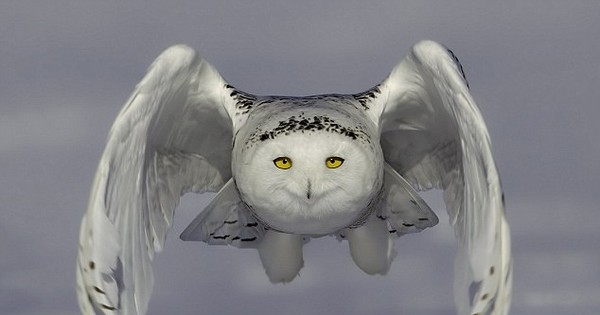The Oscar fish (Astronotus ocellatus) has rightly earned its place as one of the most captivating and beloved freshwater fish species among aquarium enthusiasts. With its vibrant colors, distinctive patterns, and unique behaviors, the Oscar fish has gained a devoted following around the world. In this article, we will delve into the fascinating universe of Oscar fish, delving into their characteristics, care requirements, and the joy they bring to aquarium hobbyists around the world.

Recognized for its impressive size and impressive aesthetics, the Oscar fish has an elongated body adorned with a distinctive oval-shaped head. Its color palette is a true marvel, ranging from vibrant shades of orange, red and yellow to more subtle shades of brown and black. The canvas of an Oscar’s body features intricate patterns, often adorned with black, orange or red spots, and an eye-catching eye spot, also known as an “ocelus,” on its dorsal fin.

Beyond their visual splendor, Oscar fish have unique personalities that set them apart. These intelligent and inquisitive creatures are remarkably interactive and often display behaviors that mimic different “personalities.” Surprisingly, they can recognize their caregivers and respond to human presence. Many enthusiasts attest to the formation of a bond between the Oscars and their guardians. Their behavioral spectrum ranges from playful, energetic swimming to territorial behavior, as they establish and defend their individual territories within the confines of the aquarium.

Providing proper care and the right environment is paramount to the well-being of the Oscar fish. Given their considerable size, Oscars require spacious aquariums with a minimum capacity of 55 gallons (208 liters) for a single specimen. As they mature, larger tanks may be needed to adequately meet their needs. To maintain optimal water quality, a filtration system in good condition is essential to preserve cleanliness.

As for water parameters, Oscars thrive in temperatures between 74 and 81°F (23 and 27°C) and a pH range of 6.5 to 7.5. Constant water testing and maintenance is critical to maintaining these conditions and ensuring overall fish health. Providing suitable hiding places, such as caves or driftwood, can replicate their natural habitat and foster a sense of security.

Oscar fish are opportunistic feeders and have a large appetite. Their diet covers a wide range, including pellets, flakes, live or frozen meaty foods such as bloodworms, brine shrimp, small fish, and even some plant matter. A balanced diet is vital to their health, and aquarists are encouraged to provide a mix of premium commercial foods occasionally supplemented with live or frozen treats.

Raising Oscars in captivity presents a rewarding but demanding challenge. To encourage breeding behavior, it is essential to establish a separate breeding tank with conducive conditions such as slightly warmer water and suitable spawning sites. The male normally designates a flat surface for laying eggs, subsequently fertilized and guarded by the female. Once they are born, the parents care for the fry, although separation may be necessary to avoid aggression.






